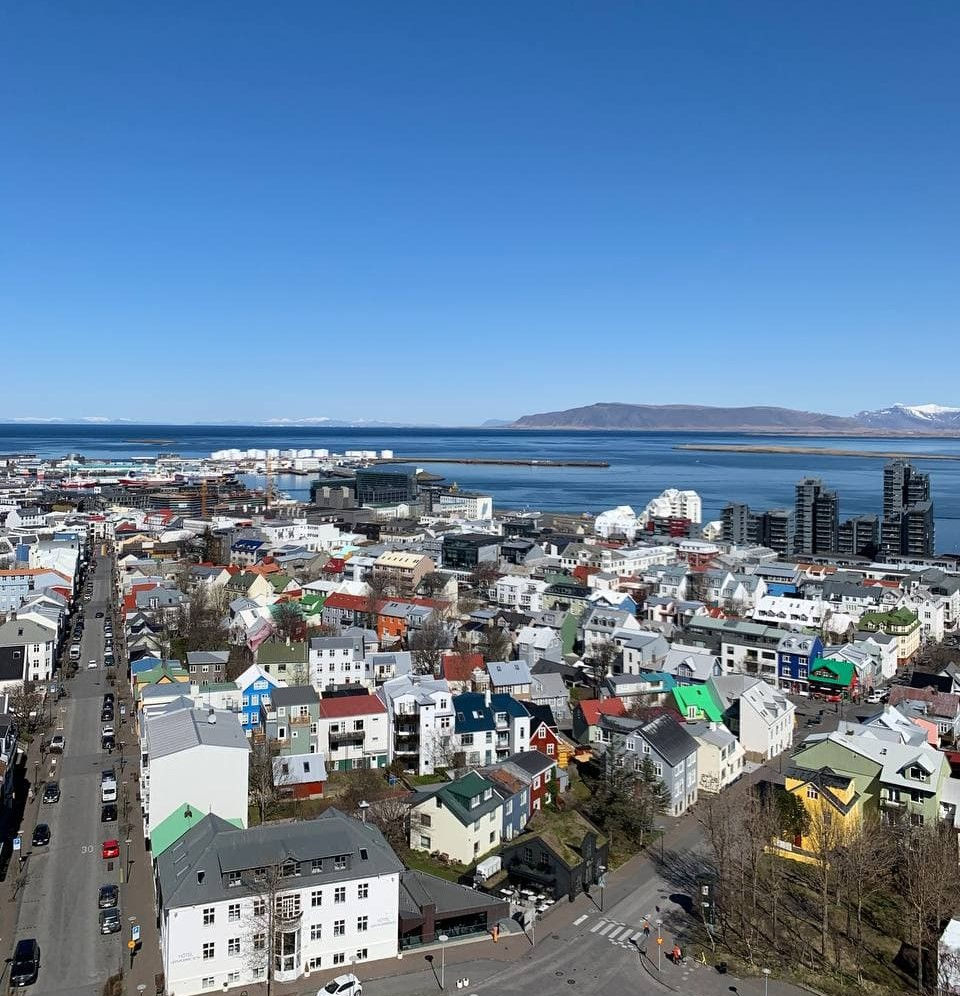Reykjavík’s first page
- Sara Moniz
- Oct 6, 2021
- 2 min read
The vast majority of visitors from Iceland visit Reykjavik and stay at least one night in the city. Reykjavik is today a vibrant place full of businesses, cultural events, luxury hotels, touristic stops, high cuisine and nightlife but was only subject to modernism a few decades ago, after World War II, with the occupation of the American troops who helped the city develop drastically. The bars began to open to entertain the military, followed by restaurants, museums, theaters and many others. The isolationist mind of the Icelandic people became a vast interest in cultures and foreign influence.
Naturally, such dynamic city has developed from the first area to be permanently established in Iceland. If we travel to the first settlement of the country, the information that exists is connected to Reykjavik and comes from the book of settlements (Landnámabók) written by Ari Þorgilsson in the late 11th or early 12th Century, in which he mentions the Viking Ingólfur Arnarson and his wife Hallveig Fróðadóttir as the first permanent inhabitants who settled in Reykjavik.
According to the sagas, when Ingólfur spotted the island from his ship, he decided to leave to the Gods the decision of his fate by throwing the wooden pillars of his throne into the sea, these were the symbol of his leadership, craved with the family name and the representation of the Gods. He said that he would settle where the pillars would land. Three years later, in 874, his slaves were able to locate them in Reykjavik and Ingólfur established his farm by the sea near the small hill of Arnarhóll, where his statue is today.
Ingólfur gave the name Reykjavik, which means "smoky bay", because the place he found was dotted with many steaming hot springs.
The descendants of Ingólfur and Hallveig were very important in the creation of the Alþingi (parliament) in 930, which marked the end of the Settlement Era, and began what is today the world’s longest running parliament.
Nowadays, considering that two-thirds of Iceland’s population lives in Reykjavik, we see that the city has become Iceland’s social, political and cultural capital. When Ingólfur Arnarson discovered the pillars in that smoky bay, he would never imagine the city that would ascend from his colonization.









Comments